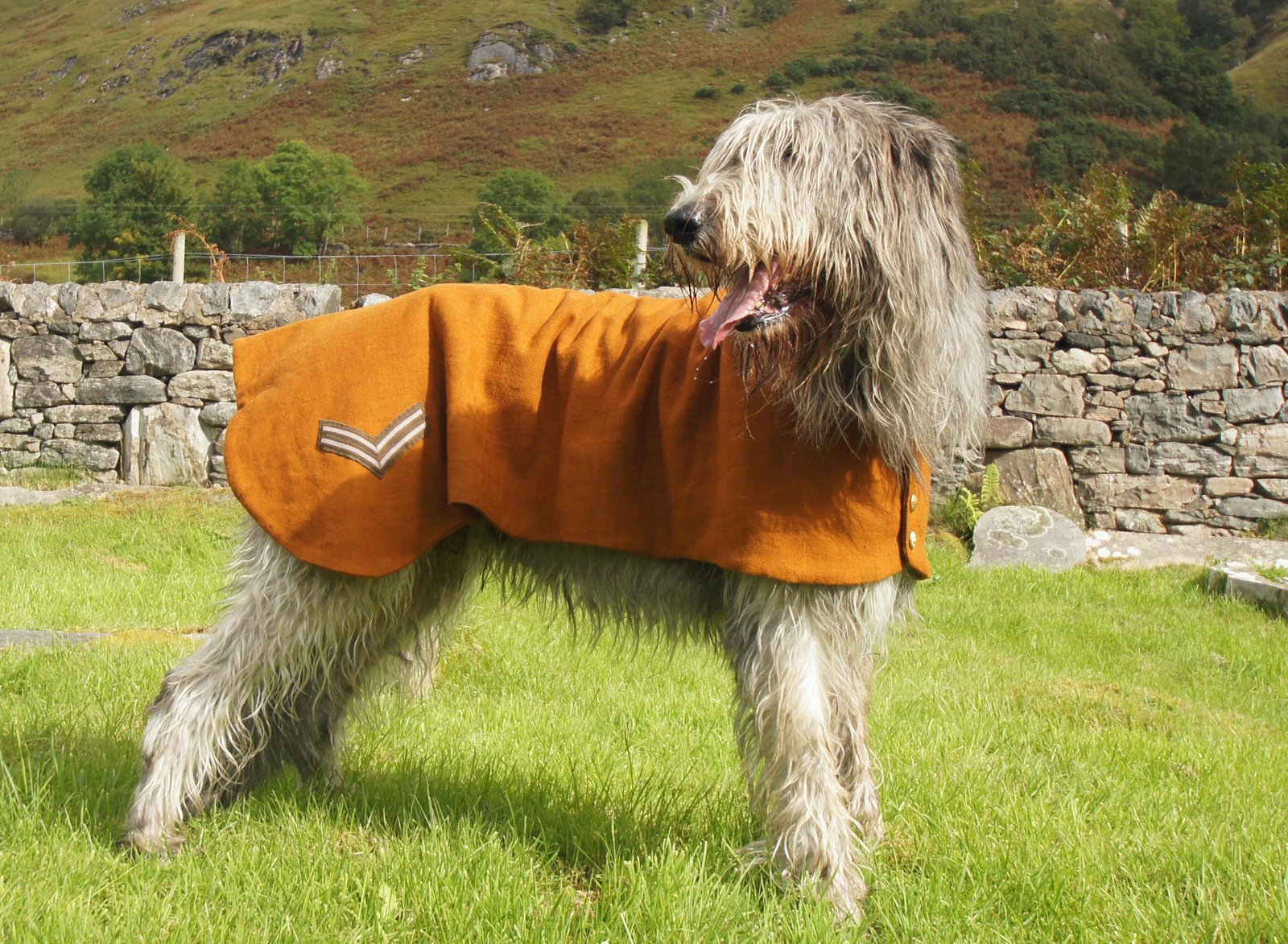De Passchendaele Tartan ©
In 2016 our band received official permission to wear the Passchendaele tartan. This commemorative tartan was designed by two Flemish people in 2006 and is registered with the Scottish Tartan Authority (ITI no. 6982) as “Passchendaele Commemorative Tartan”.
The design is entirely inspired by the story of the First World War. The main colours are dark red and brown, colours that stand for the massive bloodshed during the battles and the colour of the mud of the battlefield at Passchendaele during WW1. A fine bright red dash refers to the “poppy”, the symbol of remembrance, which finds its origin in the poem “In Flanders Fields”, written in Ypres in May 1915 by the Canadian doctor John McCrae. Like many Canadian soldiers, McCrae was also of Scottish descent. A discreet black stripe represents mourning. Yellow, black and red are the official colours of both Flanders and Belgium, which displays not only a link to the area, but also to the deployment of its own army.
The copyright on the tartan rests with the designer.
“Crest”
The band has chosen the “crest” (literally “helmet or headsign”) of the Scottish Lowland family Haig.
The “crest” of the Haig family symbolises a rock, it stands for reliability, perseverance and tenacity. The motto “Tyde What May” means, freely translated, “Let happen, what has to happen”. Both motto and symbol illustrates the band ethos we pursue, in imitation of Field Marshal Douglas Haig himself, who had to fight, along with his men, a hopeless war under extremely difficult circumstances.
Standard
Our standard or flag shows the weapon of the Haig family, which, like the Scottish flag, has the Scottish “Saltire” or Saint Andrew’s Cross as a central element. Douglas Haig was very loyal to the British Empire and the monarchy. However, this did not apply to all of his ancestors. After all, some participated, with great conviction, in the wars against the English, led by the Scottish legendary figures of Robert the Bruce and William Wallace.
Other elements are the thistle, the national flower of Scotland and the motto and the name “Passchendaele”, referring to the village near Roeselare where one of the most important battles of the First World War took part.



